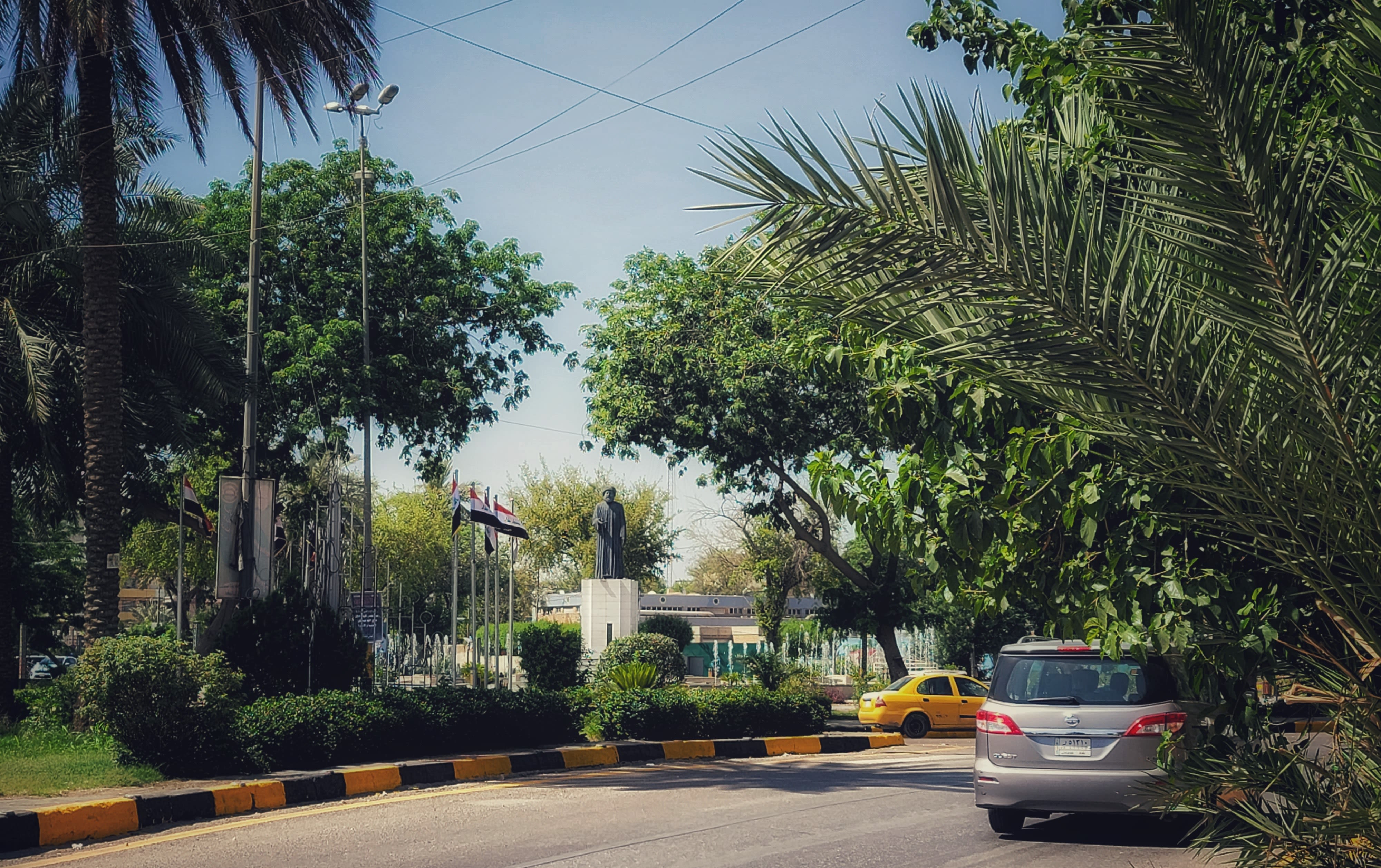Exploring Iraq's post-war monuments
A Middle East tourist attraction after years of war
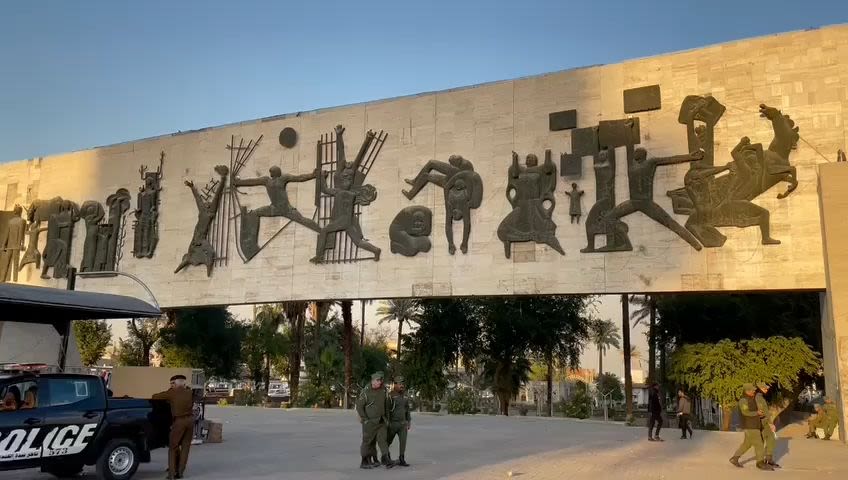
Why do Iraq's monuments matter?
Algebra, law and optometry are just some of Iraq’s inventions giving it the 'cradle of civilisation' label.
Iraq is also synonymously known with war.
The Iraq-Iran War, the Kuwait invasion, the Gulf War and the Iraq War are just a few that took place in the last 40 years.
Iraq's monuments were designed by artists expressing post-war trauma but also highlighting Iraq's historical civilisations.
Today, the monuments are a tourist attraction used to commemorate many things that were taken away by war including independence, people and culture.
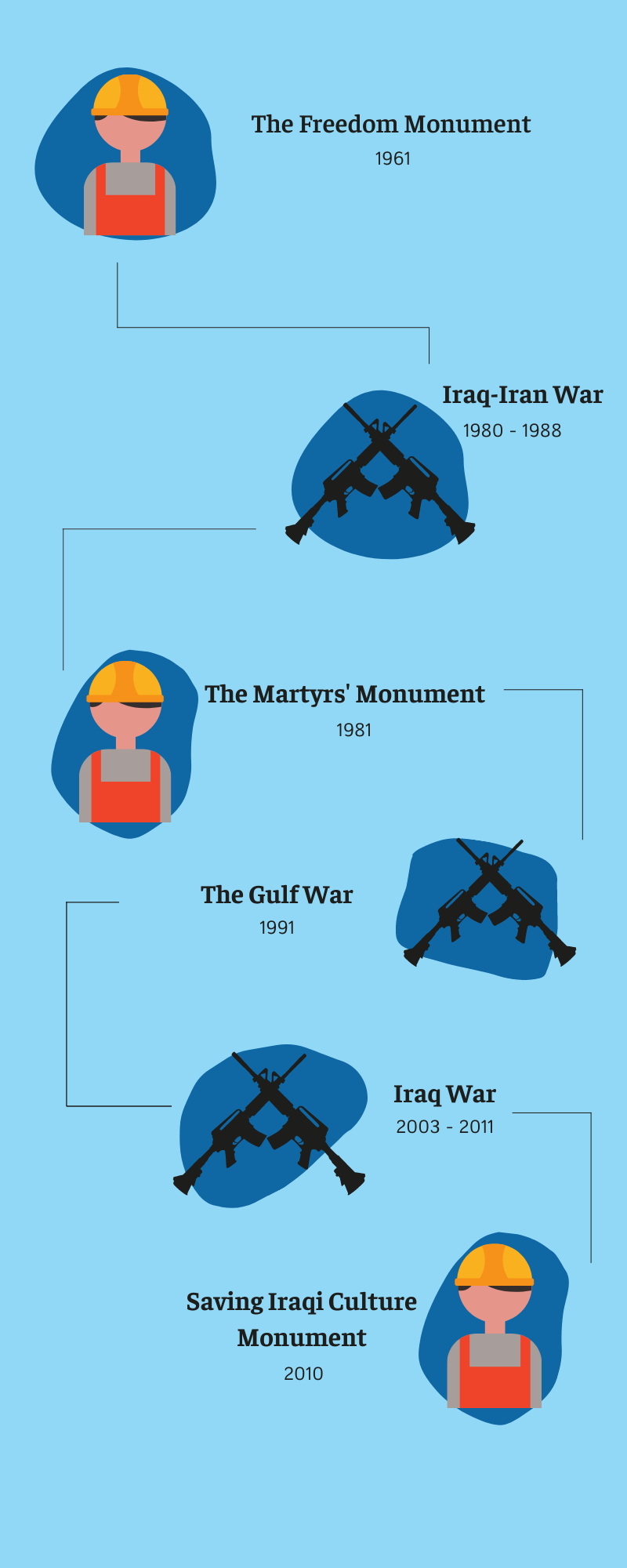
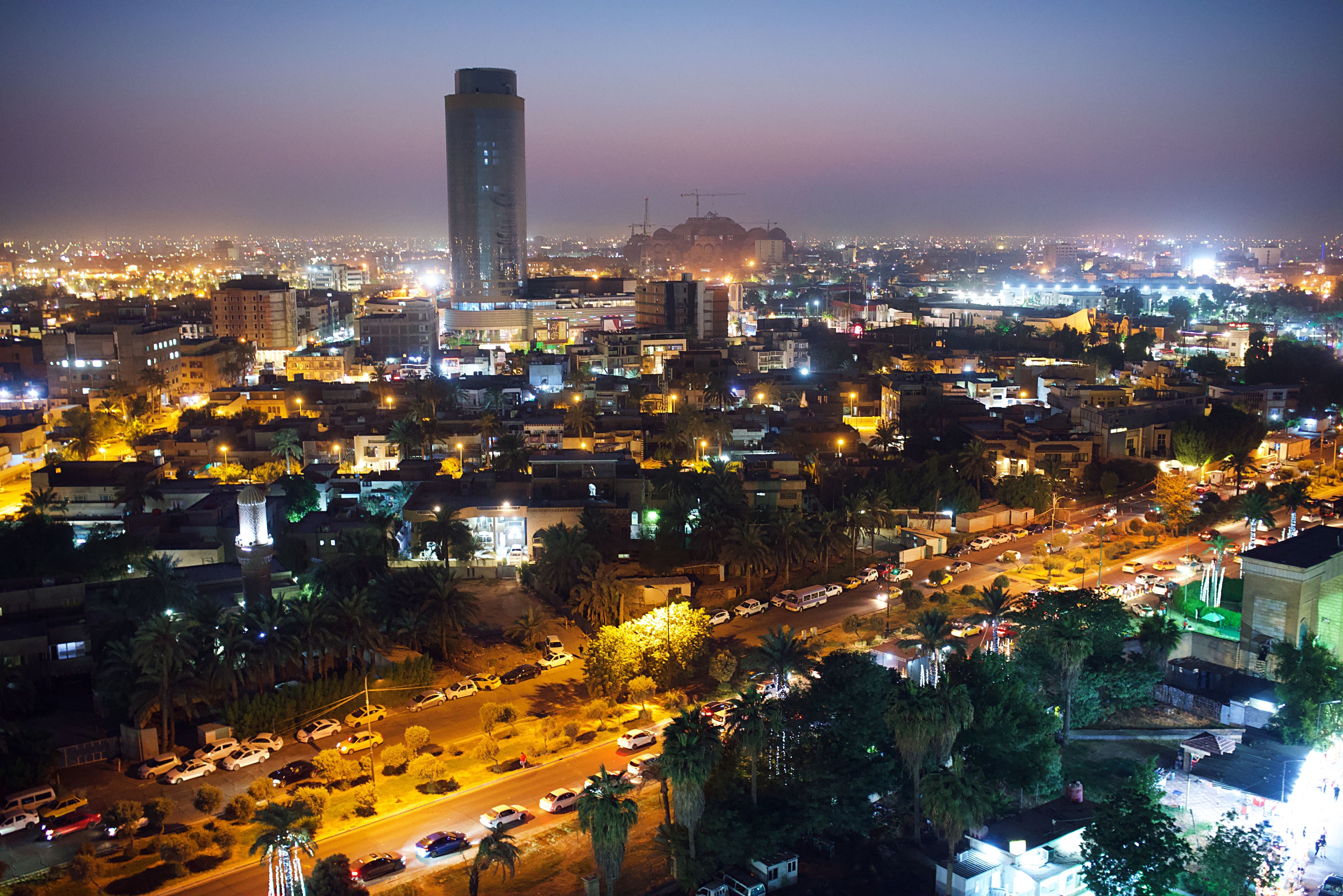
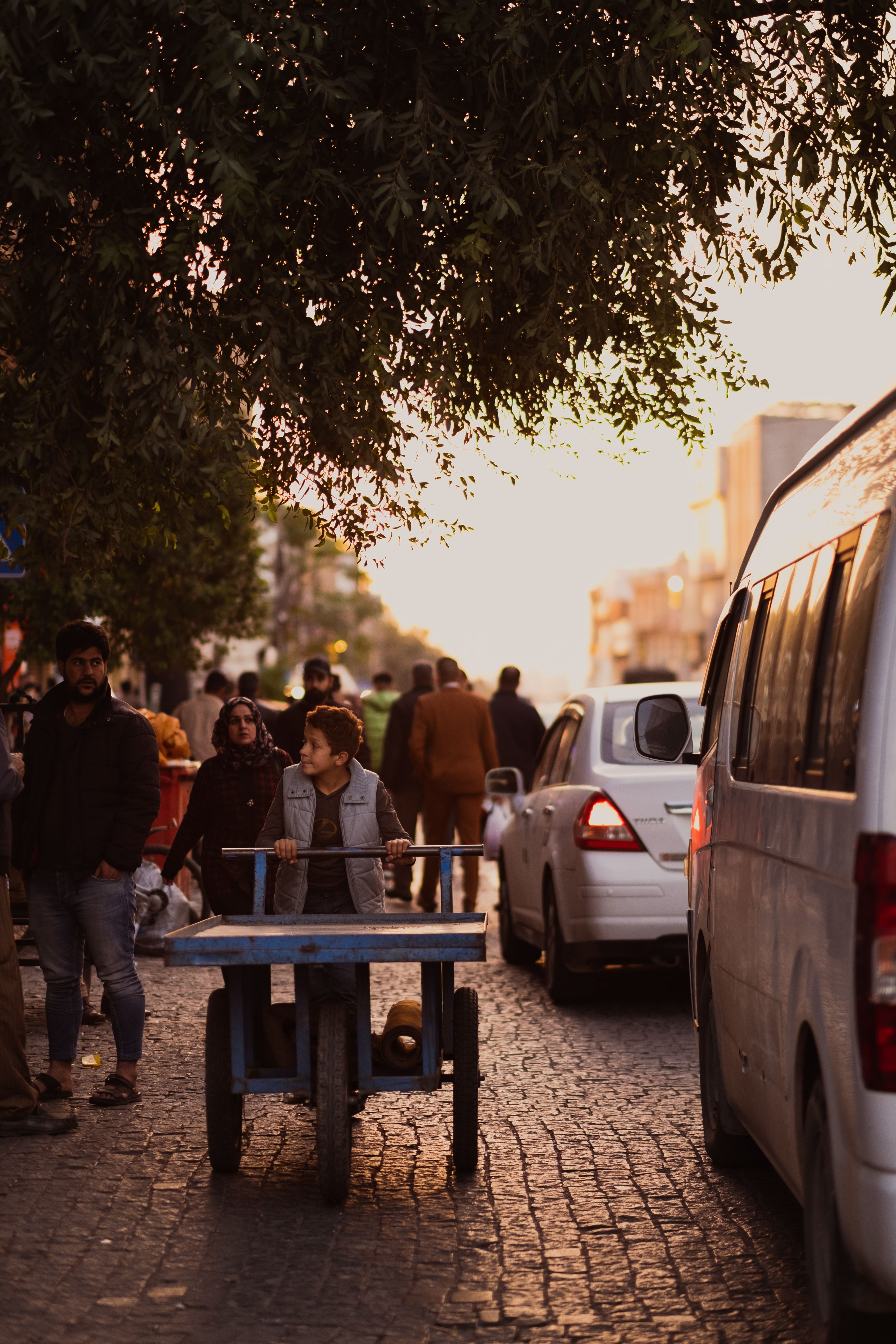
The Freedom Monument
“The Freedom Monument symbolises Iraq as a new nation state after the monarchy was overthrown in 1958 and since then has been an iconic symbol of freedom for Iraqi people.”
The Freedom Monument opened in 1961 and is one of the most well-known monuments in Iraq.
History teacher Mohammed Al-Saadi said: “The Freedom Monument symbolises liberation with most protests taking place here over the last few decades.
“It unites people from all backgrounds, religions and sects who protest for their basic rights.
“This diversity makes the monument appealing for everyone because everyone can identify with it.”
He added that the 2011 Arab Spring protests as well as the more recent 2019-2021 protests against government corruption took place by the Freedom Monument.
Al-Saadi said: “The Monument was intended to symbolise a new era of liberation from British colonialism and was also intended to be a ‘permanent’ banner inspired by protesters holding up their banners.
“The Freedom Monument was designed by Iraqi artist Jawed Salim to include different Iraqi civilisations so there are Arabic, Babylonian and Sumerian features.
“It is supposed to present Iraqi tradition in a modern way.”
The monument is read as a verse of Arabic poetry from right to left, portraying events before the revolution and then freedom after independence.
Raian, a London-based medical student who also runs the Twitter page BaghdadiHistory said she wants to show the beauty of Baghdad because she believes that people underestimate some of its history.
“I don't think that architecture is only about shelter (...) It should be able to excite you, to calm you, to make you think.”
— Baghdad 🇮🇶 (@BaghdadiHistory) March 31, 2021
- Zaha Hadid
🇮🇶
She said: “I like how you can see Baghdad’s history through its monuments, whether they’re an ode to great thinkers from the Islamic golden age, such as the Statue of Abbas ibn Firnas outside Baghdad airport, or monuments that honour the martyrs of Iraq.”
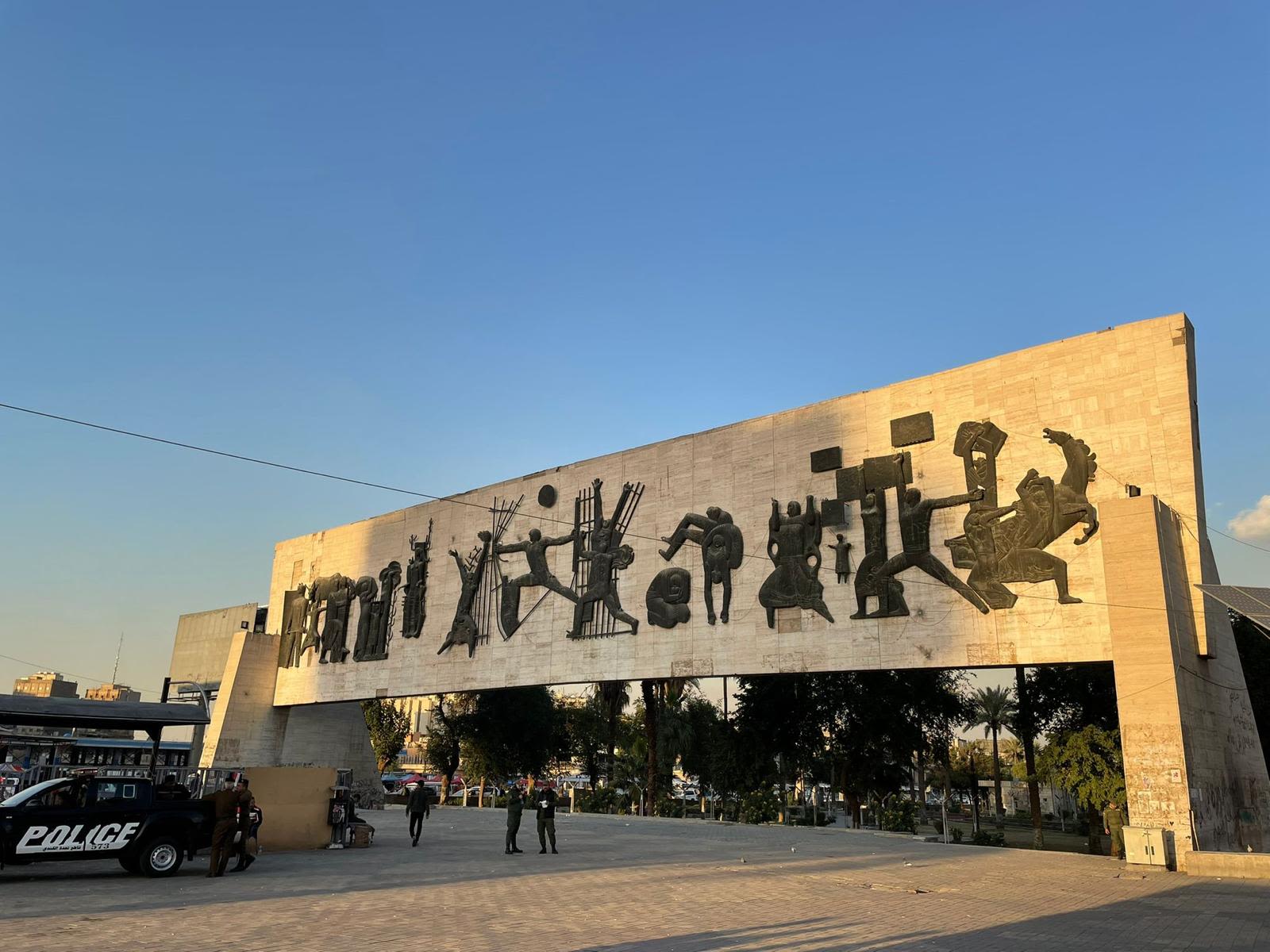
The Martyrs' Monument
“People from Iraq but also from surrounding countries visit the Martyrs’ Monument every day.”
The Martyrs’ Monument, finalised in 1981, was built to commemorate martyrs’ of Iraq-Iran War but today it is a tourist attraction commemorating martyrs of all subsequent wars.
The Martyrs’ Monument manager Dr. Moayyid Al-Saadi said: “Iraqi people generally care about all things monumental and anything that alludes to their civilisations and the Martyrs’ Monument is a symbol of Iraqi civilisation.”
He added that the monument was designed to encapsulate how a war martyr is viewed by local people.
Al-Saadi explained: “In Islamic tradition we believe that the Muslim martyr remains alive.
"That is why the artist has chosen to include the traditional Islamic dome shape as well as its traditional blue colour.
“To the left and right of the dome are two lakes and this symbolises Heaven because this is where we believe the martyr descends to.”
The dome is made up of two separate structures so when walking around the monument, it gives a dynamic illusion as it appears to close up and then reopen again, symbolising the martyrs' legacy, according to Al-Saadi.
An Iraqi citizen and visitor of the Martyrs’ Monument, Aatika Hasan, said she is very proud of the monuments because they look unique and pleasant.
She added: “I take a lot of pride in my country because of its deep history of civilisations and I would like people visiting to know about this.
"The Martyrs’ Monument lets people know how much Iraqis have suffered during the war but also how creative we are.”
For Hasan, the Martyrs’ Monument is a symbol of Iraq’s heroes who sacrificed their lives for their country.
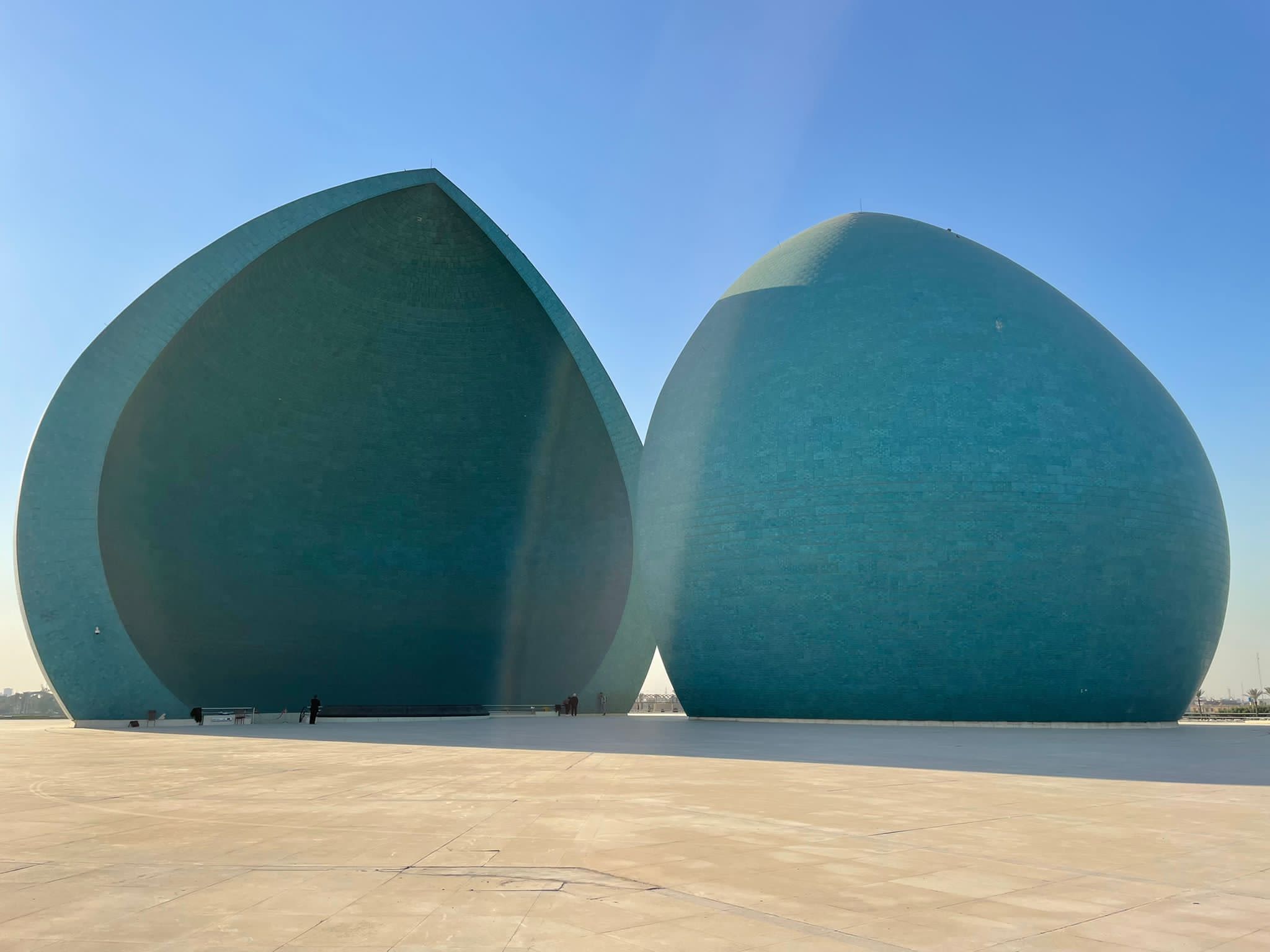
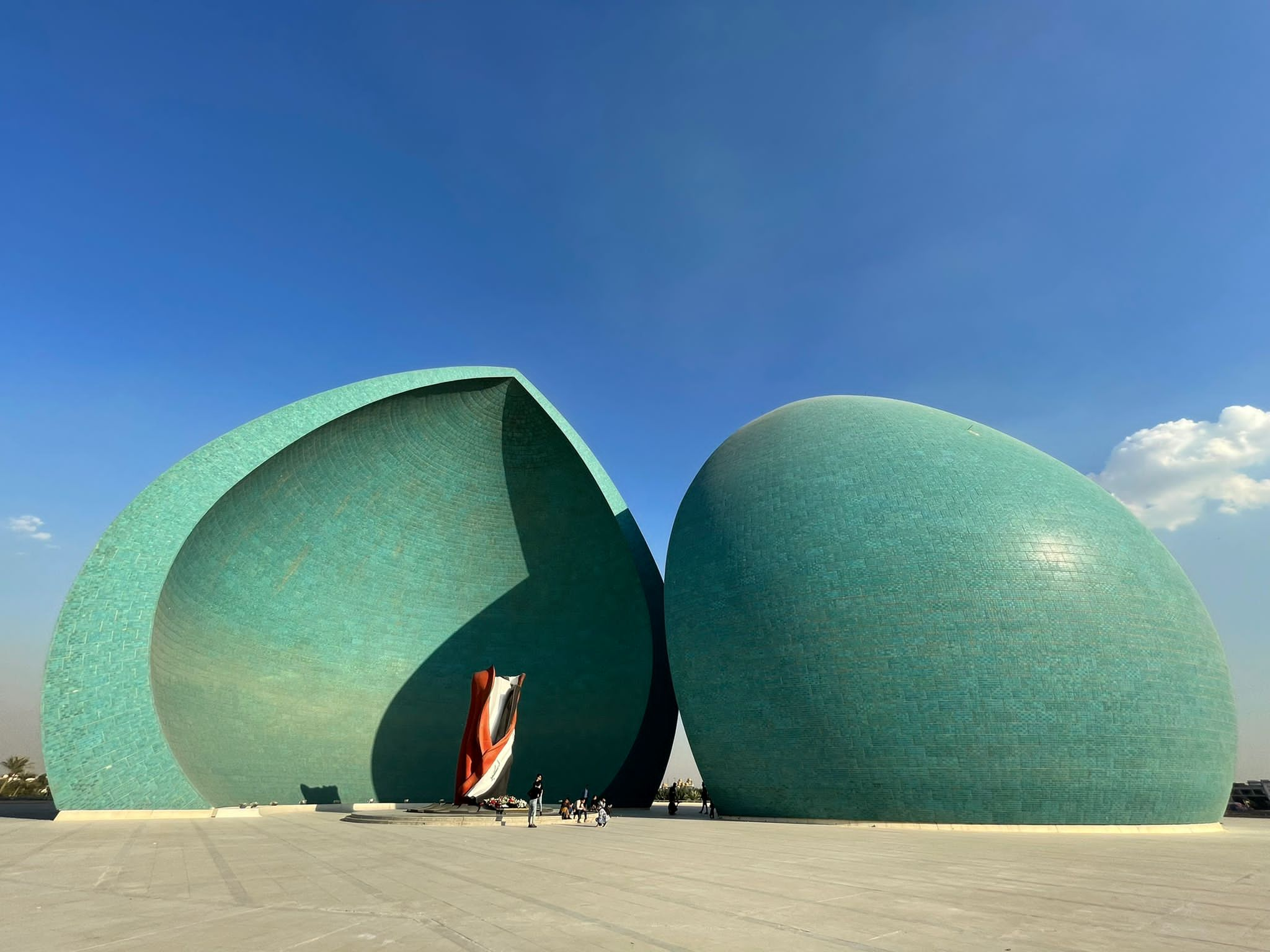
The Saving Iraqi Culture Monument
“People, from tourists to students, come here to take pictures every day. It is one of the most visited monuments in Baghdad and it is very meaningful."
The Saving Iraqi Culture monument, created in 2010, intends to raise awareness of Iraq’s rich history especially recently and after war.
Photographer at the Saving Iraqi Culture monument Zainab Akram said: “The monument is supposed to portray the Iraqi people’s resistance to challenges.
“The monument consists of a broken cylinder shape almost falling which symbolises the current state of Iraq’s culture.
“There are arms pushing the side of the cylinder symbolising an attempt to stop Iraqi culture from falling apart.
“There are also cuneiform symbols engraved onto the cylinder that say writing began here.”
According to Akram, the monument alludes to Ancient Mesopotamia which gave Iraq the ‘Cradle of Civilisation’ title because it was the first civilisation that started.
The owner of Baghdadyat.1 Instagram page said that it is important to recognise that Iraq carries with it all that is needed for a prosperous life from tourism, to history and its diverse geographical nature.
They said: “Sadly the reality in Iraq is the complete opposite.
“It is currently like a poor and scattered country of course because of the wars and devastation that has happened and it will take a long time to recover from that."
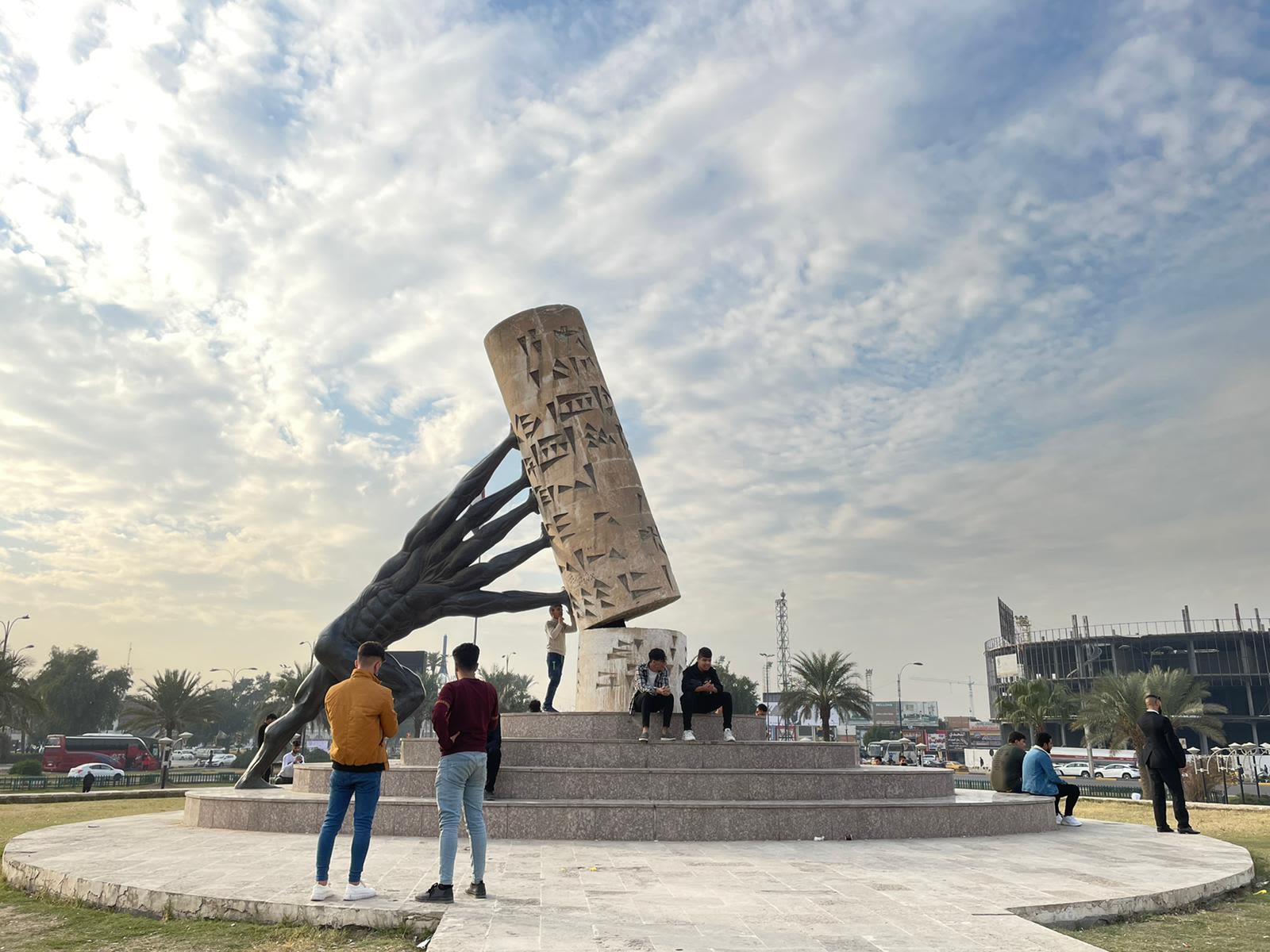
Iraq's monuments quiz
